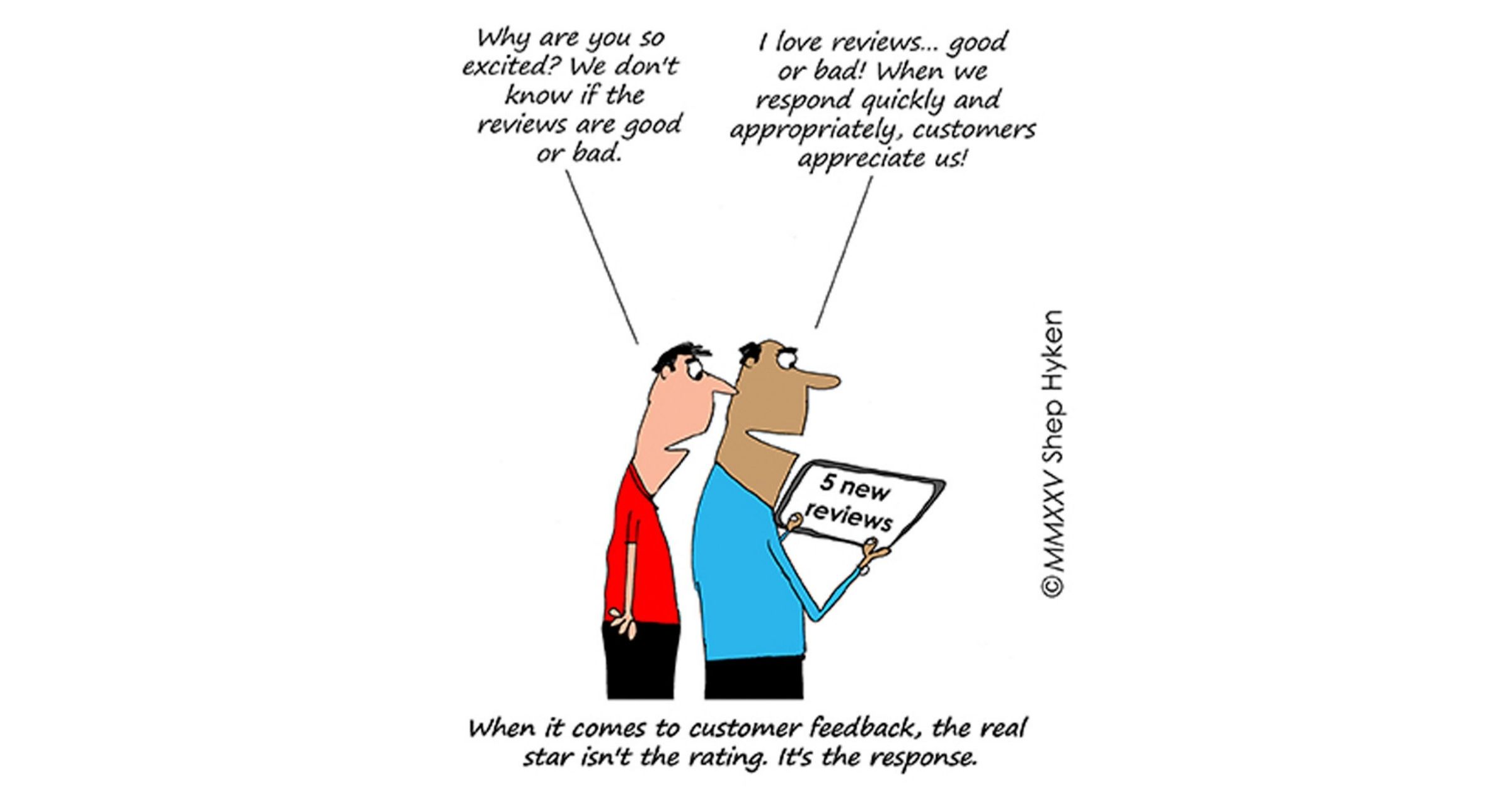Does the idea of booking a trip without knowing where you're going or what you're doing until you arrive at the airport excite you? You wouldn't be alone.
Heading into 2026, traveler expectations and their digital habits are shifting rapidly. This means it’s vital for group travel professionals to not only know what these shifts are, but understand them in order to meet the moment with their own marketing and strategies.
Many of us have experienced varying career changes recently. Perhaps you've stepped into a management role for the first time, or are dealing with unprecedented challenges. Either way, great managers are key to companies striving for growth, especially at this particular moment in time.
As we head into a new year, we also arrive at a new tax season. To help you prepare, we spoke with William J. Caldwell, CPA, Compass US Accountants & Advisors, and Lisa S. Curtin, CEO, Safe Travel Consultants LLC.
It's one thing to listen to what your customers are saying when they reach out to you directly through calls, emails, texts, or direct messages. But many customers prefer to "go social" and comment on social media, review sites, and online forums.
So the question is, "Are you listening?"
By "listening," I mean social listening, paying attention to what customers are saying about you everywhere except directly to you.
In the past month, I've been asked twice about social listening, responding to surveys, and monitoring online comments and reviews. However, let me emphasize that comments and reviews are not limited to the typical review sites, such as Google, Yelp, TripAdvisor, and others. Your customers will also share comments on Facebook, Instagram, and other social media sites.
So, even though we call it social listening, a better name might be social reacting. If you take the time to "listen," which means reading or watching what customers are saying about you, it is in your best interest to react with an appropriate response.
While I believe you should respond to all comments and reviews, it's especially important to respond to the negative. By the way, negative reviews aren't so bad. In one of my articles about embracing negative reviews, I mentioned that a perfect five-star rating causes some customers to think, "This is too good to be true." Perfection is not reality, and customers know this.

Image courtesy of Shep Hyken
With that in mind, here are five social reaction strategies and tactics:
1. React to Positive Comments: A short thank you is appropriate. If you can personalize it, even better.
2. React to Negative Comments: As mentioned, it's especially important to respond to negative reviews and comments, and I'll add, in a timely fashion. The sooner the better. This adds a sense of urgency and creates credibility. If possible, take the complaint "offline" and deal directly with the customer. Then return to the site where the comment or review was first shared and let the world know you resolved the issue.
3. React to Unreasonable Comments: Not every comment will be reasonable. Some people will be unreasonable. A simple and professional response is appropriate. Offer a way for the customer to contact you directly. Don't be defensive, or you'll add fuel to the fire.
4. It's Okay to Use AI and Templates When Reacting: Depending on how many comments you get, AI and templates can save you time. But, make sure to customize them to the situation. Don't just copy and paste comments. Customers will notice.
5. Treat Customer Comments as Learning Opportunities: This idea goes beyond social channels and review sites. Any comment that comes your way, positive or negative, is a learning opportunity. If you get negative feedback, find ways to prevent it from happening again. If the feedback is positive, find ways to make sure it always happens.
Companies spend a lot of money to get customers to notice them through marketing and advertising. Don't waste that investment by not considering social reacting as part of your marketing and CX plan.
Shep Hyken is a customer service/CX expert, award-winning keynote speaker, and New York Times bestselling author. Learn more about Shep's customer service and customer experience keynote speeches and his customer service training workshops at www.Hyken.com. Connect with Shep on LinkedIn.
This article was republished with permission and originally appeared at Shep Hyken.





